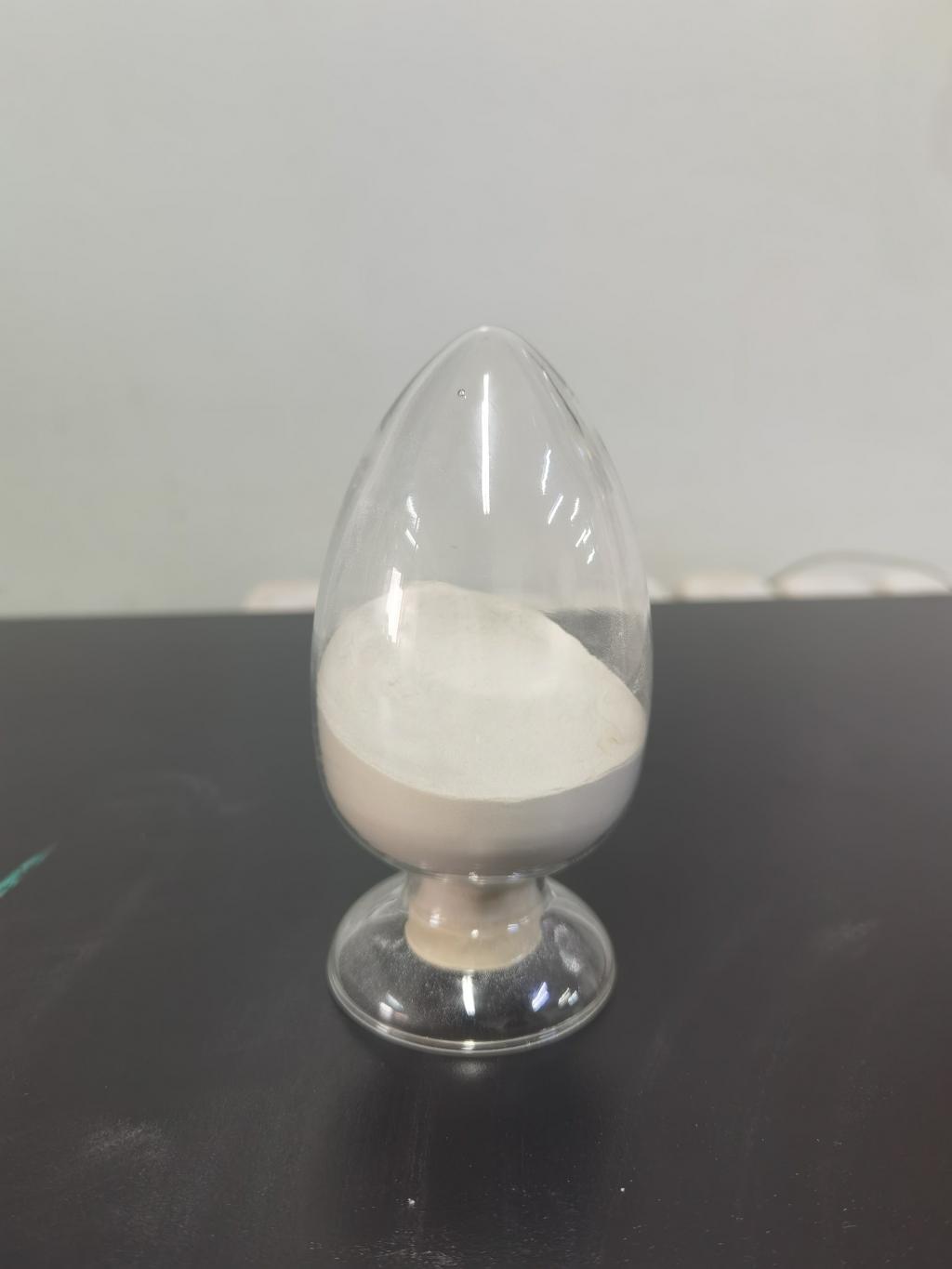Tel:+8618231198596

News
 CONTACT
CONTACT
 CONTACT
CONTACT
- Linkman:Linda Yao
- Tel: +8618231198596
- Email:linda.yao@dcpharma.cn
- Linkman:CHARLES.WANG
- Department:Overseas
- Tel: 0086 0311-85537378 0086 0311-85539701
News
Exploring the Eco-Friendly Side of Nisin in Food Preservation
TIME:2024-01-09
Understanding Nisin:
Nisin is a naturally occurring antimicrobial peptide produced by certain strains of lactic acid bacteria, primarily Lactococcus lactis. Discovered in the early 20th century, nisin has gained attention for its ability to inhibit the growth of a wide range of bacteria, including some pathogenic species. It has been widely used as a food preservative in various products such as dairy, meat, and canned foods.
Mechanism of Action:
Nisin's antimicrobial activity is attributed to its ability to disrupt the cell membranes of susceptible bacteria. It acts by forming pores in the bacterial cell membrane, leading to the leakage of cellular contents and eventually cell death. This targeted mechanism of action makes nisin effective against a broad spectrum of bacteria, while being harmless to human cells.
Eco-Friendly Attributes:
a. Natural Origin:
One of the key eco-friendly attributes of nisin is its natural origin. Being produced by bacteria during the fermentation process, nisin is considered a natural and bio-based preservative. This stands in contrast to many synthetic preservatives that may have environmental implications in terms of production processes and waste generation.
b. Biodegradability:
Nisin is biodegradable, meaning that it can be broken down by natural processes into harmless substances. This characteristic is essential for reducing the environmental impact associated with the disposal of food products containing nisin. Unlike some synthetic preservatives that persist in the environment for extended periods, nisin degrades into non-toxic components.
c. Reduced Chemical Load:
Traditional food preservation methods often rely on synthetic chemicals with complex structures that may have unknown long-term effects. Nisin, being a naturally occurring peptide, represents a reduction in the chemical load associated with food preservation. This aligns with the growing consumer preference for clean label products and minimally processed foods.
Applications of Nisin in Food Preservation:
a. Dairy Products:
Nisin has a long history of use in the dairy industry, particularly in cheese production. Its effectiveness against spoilage and pathogenic bacteria makes it a valuable tool for extending the shelf life of various dairy products without compromising their quality.
b. Meat and Poultry:
The antimicrobial properties of nisin also make it suitable for application in meat and poultry products. By inhibiting the growth of bacteria that contribute to spoilage and foodborne illnesses, nisin can help enhance the safety and longevity of meat products.
c. Canned Foods:
Canned foods often face the challenge of bacterial contamination during the canning process. Nisin has been explored as a natural preservative to prevent spoilage and ensure the microbiological stability of canned foods.
d. Ready-to-Eat Meals:
The convenience of ready-to-eat meals has made them increasingly popular, but their shelf life can be a concern. Nisin offers a natural solution for extending the shelf life of these products without compromising their nutritional value.
Regulatory Status and Consumer Perception:
While nisin has been approved for use in various countries, regulatory frameworks may vary. It is crucial to establish clear guidelines and regulations to ensure the safe and responsible use of nisin in food products. Additionally, educating consumers about the eco-friendly aspects of nisin and its benefits for food preservation can contribute to positive perceptions and acceptance in the market.
Challenges and Future Outlook:
Despite its promising eco-friendly attributes, the widespread adoption of nisin faces some challenges. These include issues related to cost, production scalability, and potential resistance development in bacteria. Ongoing research and technological advancements may address these challenges, paving the way for a more sustainable and environmentally friendly future in food preservation.
Conclusion:
Nisin represents a compelling option in the pursuit of eco-friendly food preservation. Its natural origin, biodegradability, and reduced chemical load make it a promising alternative to traditional synthetic preservatives. As the food industry continues to prioritize sustainability, the exploration and integration of nisin into various food products could play a significant role in reducing environmental impact and meeting consumer preferences for safer and more sustainable food options. However, ongoing research, regulatory support, and consumer education are essential to fully unlock the eco-friendly potential of nisin in the field of food preservation.
- Tel:+8618231198596
- Whatsapp:18231198596
- Chat With Skype







